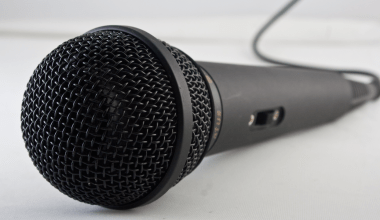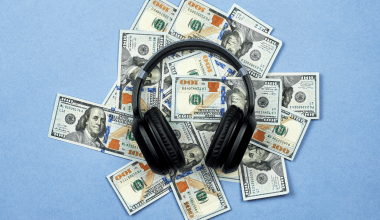Here’s a more detailed breakdown of Pandora’s services for artists, their payout system, how royalties are handled, and other key points:
1. Pandora’s Services for Artists:
Pandora offers three tiers of services for both listeners and artists:
- Non-Interactive Radio Stations: This service operates like traditional radio. Users select an artist or a song they like, and Pandora curates a station that plays similar music. Artists don’t have control over when or where their music is played. Royalties for this tier are handled by SoundExchange, and artists receive performance royalties for each time their song is played.
- Pandora Plus: This subscription service provides ad-free listening, unlimited skips, replays, and allows users to listen offline. Pandora Plus works semi-interactively, meaning users can influence the music they hear but cannot choose specific tracks. For artists, royalties are higher than for the ad-supported version, and royalties are paid through distributors, while performance royalties go to a PRO.
- Pandora Premium: This is Pandora’s fully interactive service, similar to Spotify. Users can search and play any song, create playlists, download music for offline use, and enjoy high-quality audio without ads. Artists can be added to this service through a distributor, and royalties for streams on this tier are paid directly to the distributor, with mechanical and performance royalties paid through the relevant channels like SoundExchange and PROs.
2. Payout System:
Pandora’s payout system varies depending on the tier:
- For Non-Interactive Radio Stations, royalties are calculated per “spin” (play), and payments are made via SoundExchange. The split is usually 50/50 between the performing artist and the record label, though independent artists can register to receive both halves of the royalty.
- Pandora Plus and Pandora Premium operate under direct licensing agreements with distributors. Royalties for these tiers are typically higher and are paid directly to the distributors, who then pay the artist.
3. Royalty System:
- Royalties on Pandora depend on the number of spins your track gets, but factors like listener location and subscription tier influence the payout. Non-interactive radio plays (ad-supported) pay less than streams on Pandora Plus or Premium.
- For performance royalties, these are paid through PROs such as ASCAP or BMI, while sound recording royalties are paid through SoundExchange.
- Artists can monitor their streams and royalties through Pandora’s Artist Marketing Platform (AMP), which provides detailed insights into which tracks are popular, where they are being played, and more.
4. Pay Rate:
- Pandora pays approximately $0.00133 per stream, which means artists earn around $1.33 for 1,000 streams. If a song gets 1 million streams, it could earn roughly $1,300. This payout can vary depending on factors like subscription tiers and advertising.
5. Go Live Time:
- After an artist submits their music to Pandora, it can take anywhere from a few days to several weeks for the music to go live. The process involves approval, and if accepted, the music is added to Pandora’s Music Genome Project for personalized station curation.
- If artists use a distributor, they can queue up their entire catalog for approval, which could expedite the process. However, this still depends on Pandora’s review and curation.
6. How Pandora Sells Your Music:
- Pandora does not sell music in the traditional sense but offers streaming services. For artists, the focus is on streaming revenue, with royalties paid out per stream or spin.
- On Pandora Premium, users can create playlists and download music, which increases engagement and streaming numbers, but it still operates under a streaming model without direct music sales.
7. Pandora Territories:
- Pandora primarily operates within the United States. Their services are not available globally, unlike platforms like Spotify. However, artists can track their streaming data and fan engagement in the U.S. through Pandora’s AMP tool.
8. Warnings & Restrictions:
- Pandora is a curated platform, meaning not every song submitted will be accepted. Artists submit their music, but it goes through a review process, and only approved tracks will be added to the platform.
- It’s important for artists to understand that submission doesn’t guarantee placement. The platform’s algorithms and human curators decide where and when music will be played.
- Additionally, Pandora is only available in the U.S., which limits the global reach compared to other streaming services.
By understanding these details, artists can make informed decisions about how Pandora fits into their overall music distribution strategy.





